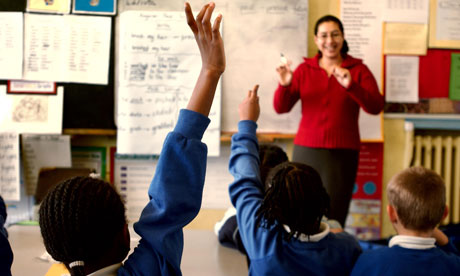As Corey has mentioned, conversations about respect can be complicated. We want our children to be respectful and considerate of others, but not because we have bribed, begged, or punished them. Teaching children, especially young ones, the value of respect is difficult. My advice is to tackle this subject through an open discussion in which the class decides together why respect is important to your classroom community.
Here are some questions you can use to guide your discussion and some answers you can probe for:
What is respect? What does it mean to be respectful?
-Respect is treating others the way you want to be treated.
-Being respectful means being considerate of others’ needs and feelings.
Who or what should we respect?
-We should show respect to everyone and everything. This means our classmates and teachers, but also our classroom and playground.
-We should respect ourselves.
What are some ways we can show respect in the classroom and/or at recess?
Who or what should we respect?
-We should show respect to everyone and everything. This means our classmates and teachers, but also our classroom and playground.
-We should respect ourselves.
What are some ways we can show respect in the classroom and/or at recess?
-Raise your hand and wait to be called upon before speaking.
-Put classroom supplies back where you found them.
-Follow the rules of any game being played.
-Never tease or make fun of another person.
-Dispose of garbage and recycling properly.
How will it make people feel when we are respectful towards them?
-They will feel like their feelings matter and that they have friends who care about them.
-They will think that school is a fun and safe place to be.
You can wrap up your discussion by having your students come up with a contract or pledge to be respectful that they will all sign. Whenever your students need a reminder, you can point to the agreement you all made together.
For additional resources, remember our Full of Character program has an entire session devoted to respect in the classroom!
Written by Shira Lurie, toronto lead facilitator
Image: http://static.guim.co.uk/sys-images/Guardian/Pix/pictures/2012/2/1/1328124903860/A-class-of-children-and-t-008.jpg



